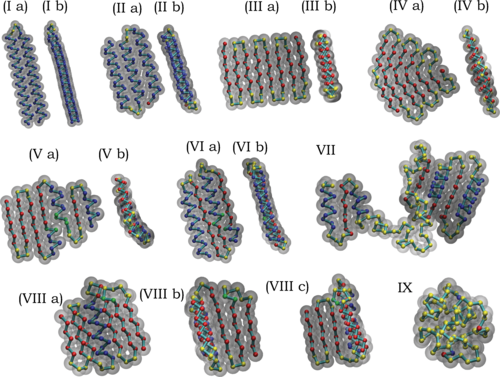Chain molecules play a key role in the polymer field and in living cells. Our focus is on a new homopolymer model of a linear chain molecule subject to an attractive self-interaction promoting compactness. We analyze the model using simple analytic arguments complemented by extensive computer simulations. We find several striking results: there is a first-order transition from a high-temperature random coil phase to a highly unusual low-temperature phase; the modular ground states exhibit significant degeneracy; the ground state structures exhibit spontaneous dimensional reduction and have a two-layer structure; and the ground states are assembled from secondary motifs of helices and strands connected by tight loops. We discuss the similarities and notable differences between the ground state structures [we call these PoSSuM (Planar Structures with Secondary Motifs)] in the phase and protein native state structures.
Download “Article preprint” Spontaneous_dimensional_reduction.pdf – Downloaded 273 times – 15 MB
Download a copy of the manuscript (preprint version)

